Accidents with Emergency Vehicles
February 11, 2020 Fire trucks, ambulances, and police vehicles typically drive above the posted speed limit, run red lights and stop signs, and make sudden turns in their effort to get to those in need of help as quickly as possible. Despite flashing lights and sirens, accidents between emergency vehicles and passenger cars are too common.
Fire trucks, ambulances, and police vehicles typically drive above the posted speed limit, run red lights and stop signs, and make sudden turns in their effort to get to those in need of help as quickly as possible. Despite flashing lights and sirens, accidents between emergency vehicles and passenger cars are too common.
Who is Liable in an Accident with an Emergency Vehicle?
Emergency vehicles must follow the rules of the road that pertain to all drivers; however, they are legally able to break these rules when responding to an emergency call. It can be very difficult for a driver in a passenger vehicle to sue the driver of an emergency vehicle.
Drivers of fire trucks, ambulances, and police cars are within their legal rights to drive above the speed limit, run red lights and stop signs, and make illegal turns when their lights are flashing and their sirens are on, but even then, they are expected to proceed with caution when doing this. When these drivers proceed recklessly, they can be held liable for injuries, but it is not always easy to prove they were reckless.
First responder drivers can be charged with negligence if they fail to take precautions to avoid colliding with passenger vehicles or pedestrians. Failure to use sirens or lights while speeding or going through an intersection could result in liability if an accident occurs. Failing to properly secure their vehicles or have fully functioning equipment can also leave them vulnerable to liability. If an unsecured ladder fell from a fire truck and caused an accident, the driver of the fire truck could be held responsible.
Drivers in passenger vehicles are legally obligated to yield to emergency vehicles. When a fire truck, ambulance, or police vehicle approaches with its lights and siren on, drivers are obligated to slow down, pull over when possible, and stop at traffic lights, even when they have the right of way. Failure to exercise caution and yield to an emergency vehicle could leave the driver of the passenger vehicle liable for all damages.
How Can I Avoid an Accident with an Emergency Vehicle?
Drivers in passenger vehicles can reduce the likelihood of getting into an accident with an emergency vehicle by taking precautions:
- Be alert and vigilant for lights and sirens when driving
- Slow down and stop before crossing an intersection when you hear sirens, even if you do not see the flashing lights or emergency vehicles yet
- Be careful when attempting to pull over to yield to emergency vehicles. Be sure to look for cars in other lanes before making a lane change
- Use blinkers and hazard lights when stopping or pulling over for an emergency vehicle
- Use caution and proceed slowly when pulling around a stopped emergency vehicle
- Stop or pull over when an emergency vehicle is approaching from the opposite direction to avoid sudden direction changes
- Stop when you see an emergency vehicle coming out of their station, even if they have not hit their siren yet
Personal Injury Lawyers at Galfand Berger LLP Represent Victims Injured in Car Accidents with Emergency Vehicles
If you or a loved one was injured in a car accident with an emergency vehicle, call the personal injury lawyers at Galfand Berger LLP today. We will fight to hold the negligent party accountable for your injuries. Call us at 800-222-8792 or contact us online to schedule a free consultation. With offices in Philadelphia, Bethlehem, Lancaster, and Reading, we serve clients throughout Pennsylvania and New Jersey, including Allentown and Harrisburg.
 Google Screened
Google Screened
